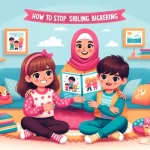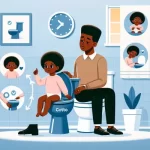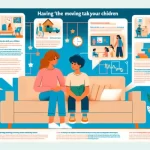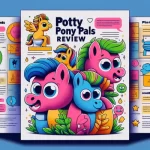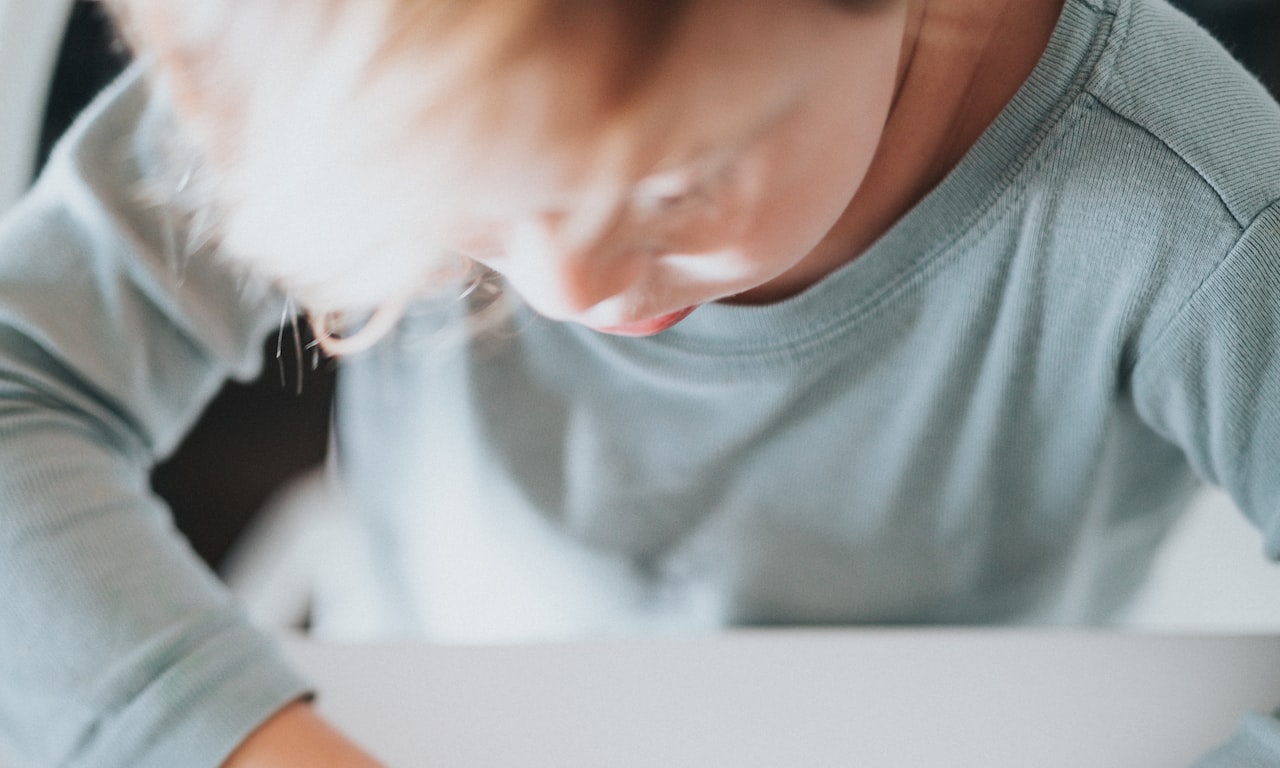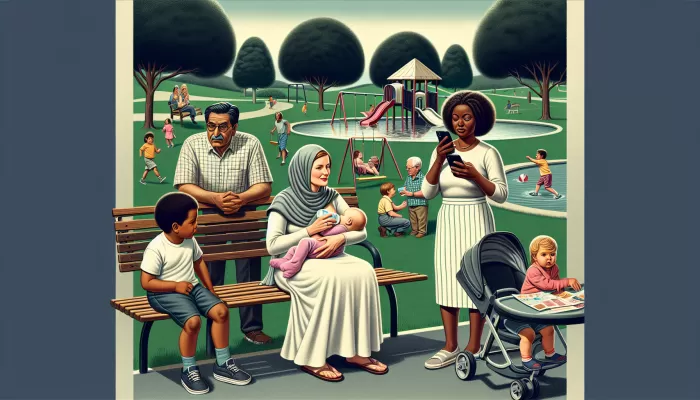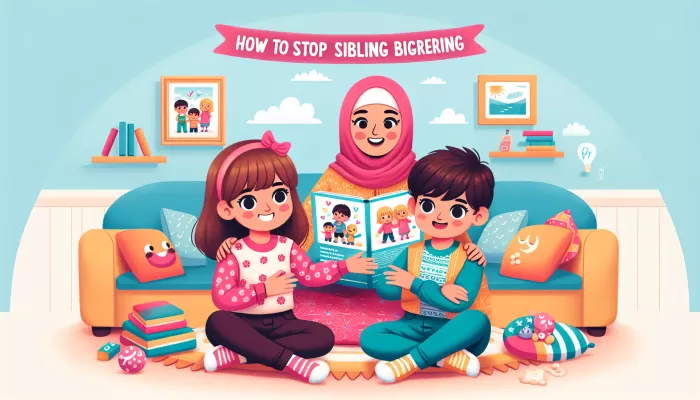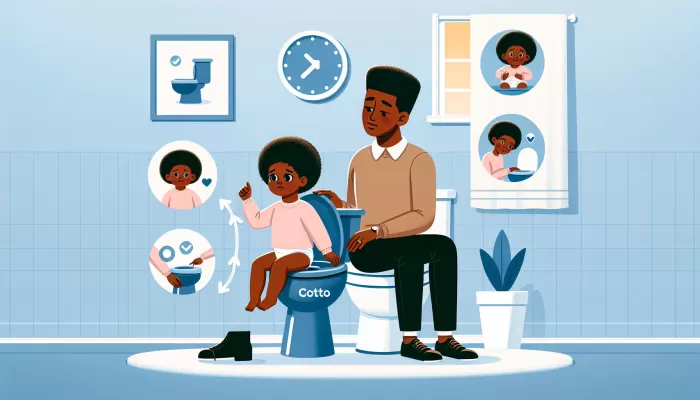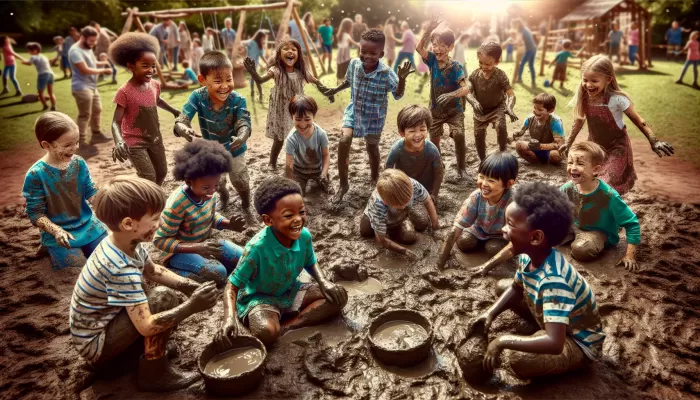How to Declutter Toys
Determine your decluttering goals
Before embarking on the journey of organizing and decluttering your toy collection, it’s essential to clarify your goals. Take a moment to ponder what you aim to achieve with this process. Are you looking to create more space in your home?
Or perhaps you want to simplify playtime for your children? By defining your objectives, you can stay focused and motivated throughout the decluttering process.
Take inventory of all toys
Now that you have established your decluttering goals, it’s time to take a thorough inventory of all the toys in your collection. This step might seem daunting, but trust me, it will be worth it!
Start by gathering all the toys from various nooks and crannies around your house and bring them together in one designated area.
“As each toy is taken into hand, memories are awakened; so too are our most fervent wishes.”
– Susan Lendroth
Categorize toys based on age appropriateness and condition
Once you have gathered all the toys, it’s time to categorize them based on two important factors: age appropriateness and condition. As children grow older, their interests change along with their developmental needs.
Separate the toys into different age groups so that they can be easily accessed when needed. Furthermore, assessing the condition of each toy is crucial for safety reasons as well as reducing clutter.
Discard any broken or damaged toys that cannot be repaired or pose a potential hazard for children during playtime. By following these initial steps of assessing the toy collection, determining decluttering goals, taking inventory of all toys, and categorizing them based on age appropriateness and condition, you are laying the groundwork for a well-organized and clutter-free play space.
Sorting and Organizing Toys
Create designated storage areas for different toy categories
When it comes to managing the chaos of toy clutter, organization is key. One effective way to regain control is by creating designated storage areas for different toy categories. By assigning specific spots for dolls, action figures, building blocks, and puzzles, you can easily locate the desired toys without turning your living room into a labyrinth of chaos.
Use bins, baskets, or shelves to keep toys organized
To achieve maximum organization prowess with your toy collection, invest in some trusty bins, baskets, or shelves. These magical tools will work wonders in keeping your playthings neat and tidy.
Bins can be stacked on top of each other or placed side by side on a shelf to save space while ensuring easy access. Baskets are perfect for storing stuffed animals or larger toys that don’t fit well in bins.
Plus, they add a touch of rustic charm to any play area. Shelves are ideal for displaying smaller toys like cars or figurines and provide a visually appealing way to showcase your child’s favorite treasures.
Label storage containers for easy identification
You might be thinking that labeling is just an extra step in the organizational process, but trust me when I say it is an absolute game-changer! Take a few extra minutes to label each storage container with its respective toy category or even specific items within them. You’ll thank yourself later when you’re frantically looking for that elusive superhero figurine amidst the sea of other heroic companions.
A label maker will quickly become your new best friend during this endeavor. If you don’t have one handy, fear not!
Good ol’ fashioned sticky notes or masking tape paired with a permanent marker will do the trick just as well. Whichever method you choose, clear and legible labels will save you precious time and sanity in the long run.
The Keep, Donate, and Discard Method
Evaluate each toy’s play value and sentimental attachment
When decluttering your toy collection, it’s essential to assess the play value and sentimental attachment of each toy. Play value refers to whether a toy is still actively used or provides educational benefits.
Take a moment to consider if the toy is appropriate for your child’s current age and developmental stage. If it no longer holds their interest or offers educational value, it might be time to let go.
Consider whether the toy is still played with or holds educational value
Ask yourself if the toy is still being played with regularly. Does it spark joy in your child?
Toys that are frequently used and cherished should definitely stay. However, if a particular item has been gathering dust on a shelf for months, it might be better off finding a new home where it can bring happiness to another child.
Reflect on emotional significance to make informed decisions
Emotional attachments can make decluttering toys challenging. We understand that some toys hold sentimental value, reminding us of special moments or people in our lives.
It’s important to reflect on these emotional connections when deciding what to keep or let go of. Consider whether the memories associated with the toy can be preserved through photographs or other means before parting ways with it.
Donating Toys Responsibly
Finding the Right Place to Donate
When it comes to parting ways with your child’s beloved toys, the key is finding a deserving new home for them. Researching local charities or organizations that accept toy donations is an essential step in donating toys responsibly. Take your time to find organizations that align with your values and support causes you believe in.
Consider donating to children’s hospitals, shelters, or schools where the toys can bring joy and comfort to those who need it most. Children facing medical challenges often find solace in toys that provide not only entertainment but also emotional support during their hospital stays.
Shelters also welcome toy donations as they create a sense of normalcy for children experiencing upheaval in their lives. Schools can benefit from educational toys that enhance learning experiences for students.
Catering to Underprivileged Children
If you’re particularly passionate about helping underprivileged children, look for organizations specifically dedicated to catering to their needs. These organizations are devoted to providing resources and opportunities for children who may not have access to toys otherwise.
By donating toys through such channels, you can make a meaningful difference in the lives of these youngsters, giving them a chance to experience the joys of playtime and igniting their imagination. Imagine the smiles on their faces when they receive a gift they never thought possible!
Thought-provoking Subtitle: Bringing Smiles and Joy: Donating Toys with Purpose
Remember, every toy you donate can have a significant impact on someone else’s life, so take the time to choose organizations that will make the most out of your donation. By finding charities or institutions that resonate with your values and focusing on those who cater specifically to underprivileged children, you’ll ensure that your generosity reaches those who need it the most.
Repurposing and Upcycling Toys
Explore creative ways to repurpose old toys instead of discarding them
No content required.
Transform broken toys into unique art pieces or decorative items
When your child’s beloved action figure loses a limb or their fluffy stuffed animal becomes worn-out, don’t be too quick to toss them in the trash. Instead, unleash your creativity and give these toys a new lease on life by transforming them into unique art pieces or decorative items that will add charm to your home.
a) Use broken action figures as bookends or coat hangers: Take those missing limbs and turn them into functional decor. Attach the broken action figure securely to a wooden base, creating an eye-catching bookend that showcases your child’s love for superheroes.
Alternatively, with some adhesive hooks strategically placed on the action figure’s body, you can convert it into a quirky coat hanger that adds character to any room. b) Turn worn-out stuffed animals into charming pillows: If your child has outgrown their stuffed friends but you can’t bear to part with them, consider repurposing them into adorable pillows.
Simply remove any stuffing if necessary, sew up the openings neatly, and voila! You have delightful throw pillows that evoke nostalgia while still serving a practical purpose in your living space.
Rotating Toys for Variety and Reduced Clutter
Implement a toy rotation system to keep playtime fresh
To combat the never-ending cycle of clutter while ensuring your child remains engaged with their toys, implementing a toy rotation system is an effective strategy. By periodically swapping out toys every few weeks or months, you can provide variety without overwhelming both you and your child with an excess of playthings.
a) Store some toys away while keeping others accessible: Divide the toy collection into different categories and designate specific storage containers for each group. Keep only a portion of the toys readily available while safely storing the rest in a closet or attic.
This way, you can maintain a tidy and organized play area without sacrificing your child’s access to their favorite toys. b) This helps reduce clutter while maintaining interest in existing toys: By rotating toys, you prevent boredom and keep your child excited about what they have.
Each time you introduce “new” toys from storage, it feels like a special surprise, reigniting their curiosity and creativity. This method also allows them to fully explore and appreciate the toys they have before moving on to others, fostering a deeper sense of engagement.
Conclusion
Repurposing old toys not only helps reduce waste but also sparks imagination with unique creations that can bring joy to your daily life. By transforming broken action figures into functional bookends or coat hangers or repurposing worn-out stuffed animals into charming pillows, you add an artistic touch to your home while preserving sentimental value.
In addition, implementing a toy rotation system provides variety for your child’s playtime while minimizing clutter. By storing some toys away and periodically swapping them out, you create an ever-changing environment that keeps their interest alive in existing toys.
So, embrace the opportunity to repurpose and rotate toys ¨C not only will it declutter your space but also nurture creativity, imagination, and sustainable habits within your family. Remember that even old objects can find new purpose and continue bringing happiness into our lives.


